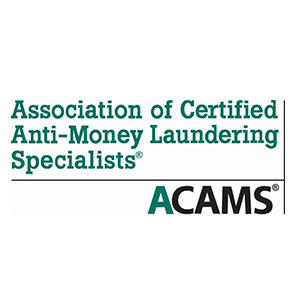Resources
Suspicious Behavior (AML)
A significant portion of this sneaky money laundering is due to suspicious behavior that gets overlooked or...

The Essential Role of Due Diligence in AML Compliance
One of the fundamental components of AML compliance is due diligence. This article explores the essential role...

How AI and Machine Learning are Transforming AML Compliance
In this article, we will explore how AI and machine learning are revolutionizing AML compliance, their impact...

The Connection Between AML and the Fight Against Terrorism
AML encompasses a range of measures and regulations aimed at preventing and detecting the illegal acquisition, movement,...

AML Certification
AML, or Anti-Money Laundering, certification is a professional qualification that individuals can obtain to demonstrate their understanding...

International Organization of Securities Commissions
Explore the comprehensive work of the International Organization of Securities Commissions (IOSCO) in enhancing investor protection and...

Association of Certified Anti-Money Laundering Specialists (ACAMS)
The Association of Certified Anti-Money Laundering Specialists (ACAMS) is a globally recognized professional association dedicated to preventing...

Internal Audit (AML)
Internal audit plays a crucial role in ensuring the effectiveness and efficiency of an organization's anti-money laundering...

Inherent Risk
Inherent risk refers to the level of risk inherent in a business or industry that can potentially...

Digital Identity Verification
Digital identity verification plays a vital role in verifying the authenticity and integrity of individuals in the...
